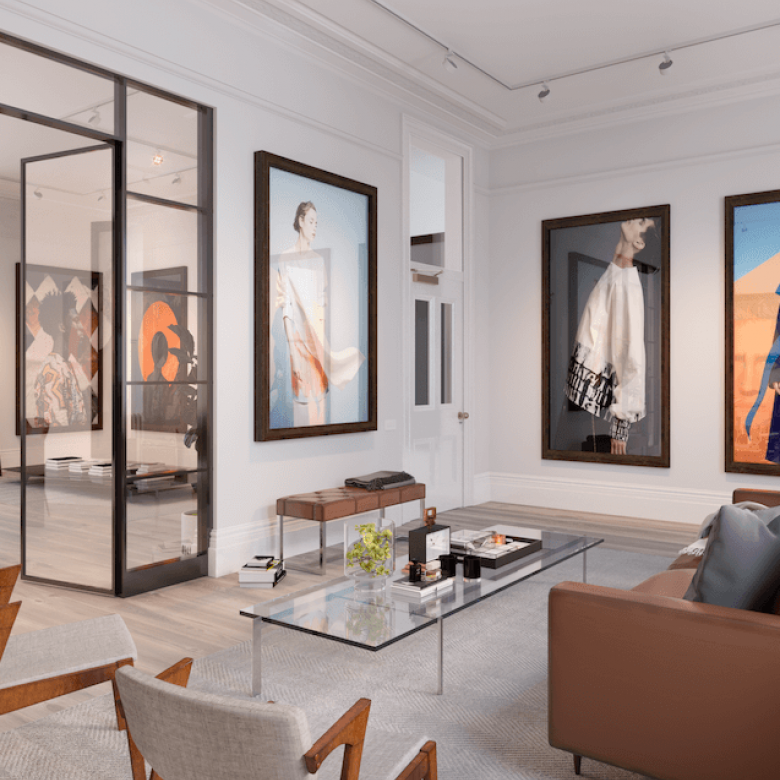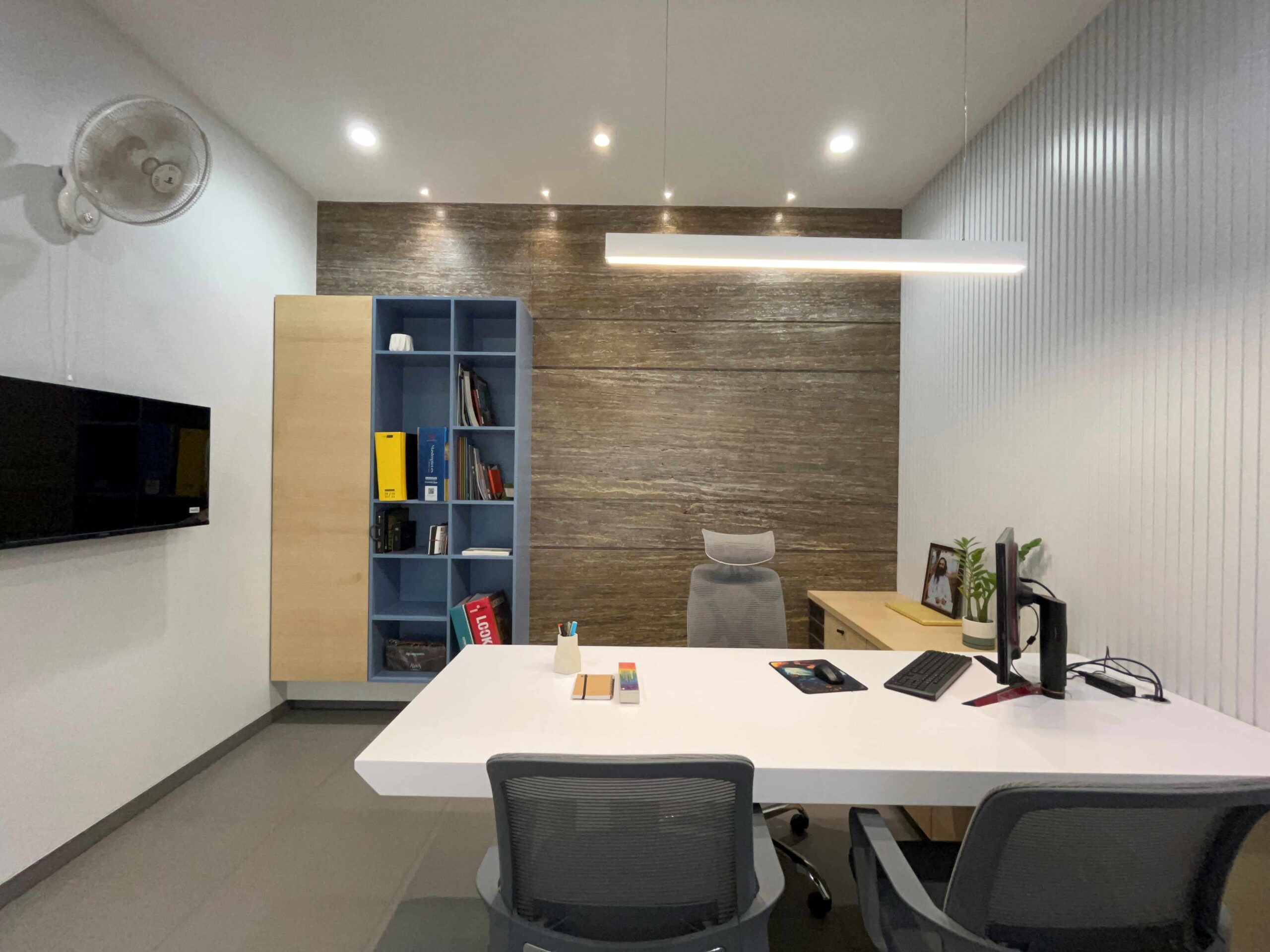The Art of Equilibrium: Just How Interior Design and Home Engineer Collaborate for Stunning Outcomes
In the world of home style, striking a balance between appearances and functionality is no small feat. This delicate stability is attained via the unified cooperation in between interior designers and engineers, each bringing their one-of-a-kind proficiency to the table. The outcome? Rooms that are not only visually magnificent however likewise incredibly habitable. Nevertheless, this perfect mix is not constantly simple to achieve. Stick with us as we discover the details of this collective process and its transformative effect on home design.
Understanding the Core Distinctions Between Interior Layout and Home Architecture
While both interior design and home architecture play important roles in producing visually pleasing and functional spaces, they are inherently different techniques. It deals with the 'bones' of the framework, working with spatial dimensions, load-bearing wall surfaces, and roof covering layouts. On the various other hand, interior design is more concerned with boosting the aesthetic and sensory experience within that structure.
The Harmony In Between Home Design and Interior Decoration
The harmony between home architecture and Interior Design depends on a shared vision of layout and the improvement of practical looks. When these two fields straighten sympathetically, they can transform a living room from average to phenomenal. This cooperation needs a deeper understanding of each discipline's concepts and the capacity to produce a cohesive, visually pleasing atmosphere.
Unifying Design Vision
Unifying the vision for home architecture and interior design can produce a harmonious living space that is both practical and visually pleasing. It advertises a collaborating technique where building aspects enhance interior style components and vice versa. Thus, unifying the design vision is important in blending architecture and interior design for stunning outcomes.
Enhancing Useful Visual Appeals
Exactly how does the synergy between home style and Interior Design boost practical looks? This synergy enables the creation of rooms that are not just visually appealing but additionally pleasantly functional. Designers prepared with their architectural layout, making sure that the area is reliable and functional. The interior designer after that enhances this with meticulously selected elements that boost the looks without jeopardizing the functionality. This unified collaboration can result in homes that are both liveable and attractive. An architect may design a residence with high ceilings and big windows. The indoor designer can after that accentuate these functions with sheer drapes and high plants, respectively, therefore boosting the visual appeal while keeping the practical benefits of natural light and space.
Relevance of Partnership in Creating Balanced Spaces
The partnership between interior developers and architects is pivotal in developing well balanced rooms. It brings harmony between style and style, offering birth to areas that are not only aesthetically pleasing however also practical. Checking out successful collaborative approaches can offer insights into exactly how this harmony can be properly attained.
Harmonizing Design and Design
Balance, an essential element of both Interior Design and architecture, can only absolutely be attained when these two fields work in harmony. This consistency is not simply an aesthetic consideration; it affects the functionality, resilience, and ultimately, the livability of a space. Interior designers and designers need to understand each other's duties, respect their proficiency, and connect efficiently. They need to consider the interplay of structural components with decor, the flow of areas, and the influence of light and color. This collective procedure causes a natural, balanced design where every aspect has an objective and adds to the general visual. Integrating layout and architecture is not simply about creating gorgeous spaces, but about crafting spaces that work seamlessly for their residents.
Effective Collective Strategies

Situation Studies: Effective Combination of Layout and Design
Examining numerous study, it emerges just how the effective integration of Interior Design and design can imp source change an area. The Glass Residence in Connecticut, renowned for its minimalistic beauty, is one such instance. Designer Philip Johnson and indoor designer Mies van der Rohe teamed up to create an unified equilibrium between the structure and the inside, resulting in a seamless circulation from the exterior landscape to the internal living quarters. An additional exemplar is the Fallingwater Home in Pennsylvania. Engineer Frank Lloyd Wright and interior designer Edgar Kaufmann Jr.'s joint efforts cause an amazingly distinct home that mixes with its natural environments. These study recommended you read highlight the extensive influence of a successful style and design cooperation.

Overcoming Obstacles in Style and Style Partnership
Despite the indisputable benefits of an effective collaboration in between Interior Design and design, it is not without its challenges. Interaction issues can develop, as both parties might use different terms, understandings, and methods in their job. This can result in misconceptions and delays in job conclusion. Another significant challenge is the balancing act of aesthetics and performance. Engineers may focus on architectural integrity and security, while developers focus on comfort and design. The integration of these goals can be intricate. Additionally, budget plan and timeline restrictions frequently add stress, possibly causing rifts in the partnership. Consequently, effective interaction, shared understanding, and concession are essential to conquer these obstacles and accomplish a unified and effective collaboration.

Future Patterns: The Evolving Connection In Between Home Architects and Interior Designers
As the world of home style continues to evolve, so does the relationship in between architects and indoor developers. On the other hand, indoor designers are accepting technological elements, influencing overall format and capability. The future assures a much more cohesive, innovative, and adaptive strategy to home layout, as developers and designers continue to obscure the lines, promoting a connection that really embodies the art of equilibrium.
Final thought
The art of balance in home design is accomplished with the unified partnership between indoor designers and architects. An understanding of each various other's self-controls, effective interaction, and shared vision are vital in producing aesthetically magnificent, practical, and welcoming areas. Regardless of difficulties, this partnership cultivates growth and technology in style. As the relationship between home architects and interior developers evolves, it will certainly remain to form future trends, boosting comfort, performance, and personal expression in our home.
While both indoor design and home style play important functions in creating visually pleasing and useful spaces, they are inherently various disciplines.The synergy in between home style and interior style exists in a shared vision of design and the improvement of useful looks.Unifying the vision for home architecture and indoor layout can develop a harmonious living area that is both useful and cosmetically pleasing. Thus, unifying the design vision is vital in mixing architecture and interior style for sensational outcomes.
Just how does the harmony between home architecture and get redirected here interior style improve practical appearances? (Winchester architect)